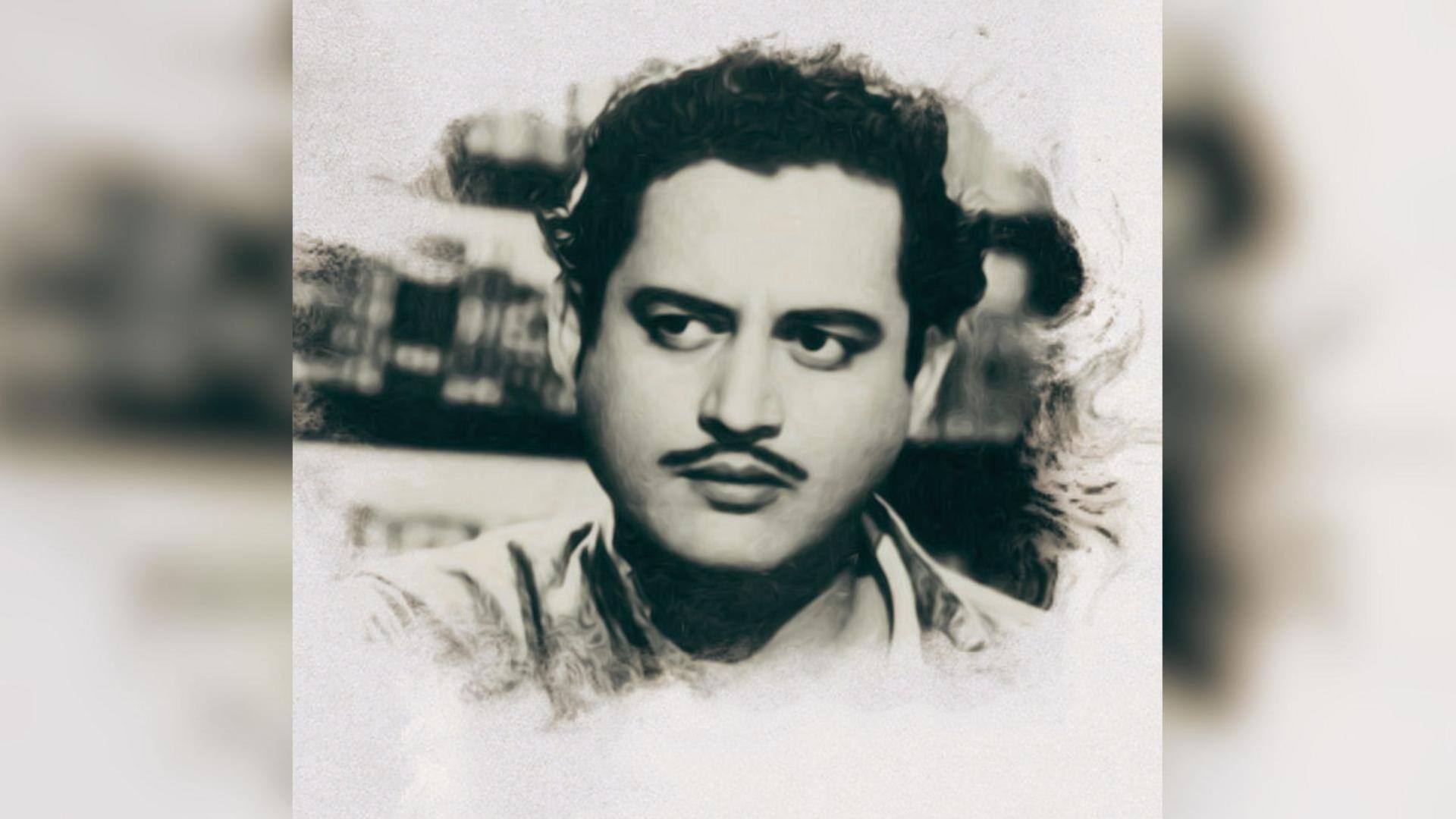
Guru Dutt's birth anniversary: Decoding actor-filmmaker's visual symbolism legacy
What's the story
Considered one of the most brilliant auteurs of Indian cinema, actor-filmmaker-writer Guru Dutt was born on July 9, 1924. Despite his untimely demise at 39 in 1964, Dutt's filmography—including gems like Mr. & Mrs. '55, Pyaasa, and Kaagaz Ke Phool—remains timeless and influential, inspiring generations. On his birth anniversary on Sunday, we decode visual symbolism and motifs in Dutt's films that shaped his storytelling.
#1
Sequential contrast: Symbol of societal indifference
The technique of "contrast" can be seen in many of Dutt's films. This has been perfectly demonstrated in Sahib Bibi Aur Ghulam, where the character Nawab Sahib—a wealthy landowner—is frequently seen in an atmosphere of luxury and opulence. However, this stark contrast is juxtaposed with the poverty experienced by people who work under him. This contrast sheds light on the prevalent social inequality.
#2
Shadows: Portrayal of inner turmoil
If you have watched Dutt's Pyaasa, you cannot deny the artistic mastery that the filmmaker has achieved in the movie. He mesmerized audiences by using shadows to depict the inner turmoil of the characters. For instance, the protagonist Vijay (played by Dutt), is often seen surrounded by shadows, which reflects his own inner turmoil and his sense of alienation from the world around him.
#3
Windows; mirrors: Symbol of fragmented identities
In Dutt's films, windows and mirrors symbolize a connection to the glimmer of hope. In Sahib Bibi Aur Ghulam, for instance, Jaba (Waheeda Rehman) is frequently shown looking out a window, reflecting her yearning for a better life. Meanwhile, in Mr. & Mrs. '55, Anita (essayed by Madhubala) is often seen looking at her reflection in the mirror, which indicates introspection in Dutt's films.
#4
Lights: Symbol of hope
Another recurring visual motif in Dutt's films was "light," which served as a representation of hope, love, or redemption. In the 1959 musical drama Kaagaz Ke Phool, the protagonist Suresh (Dutt), a struggling filmmaker, finds inspiration through his love for Shanti (Rehman). This love is incredibly showcased through the use of progressively brighter light, which symbolizes the emotional awakening and enlightenment experienced by Suresh.